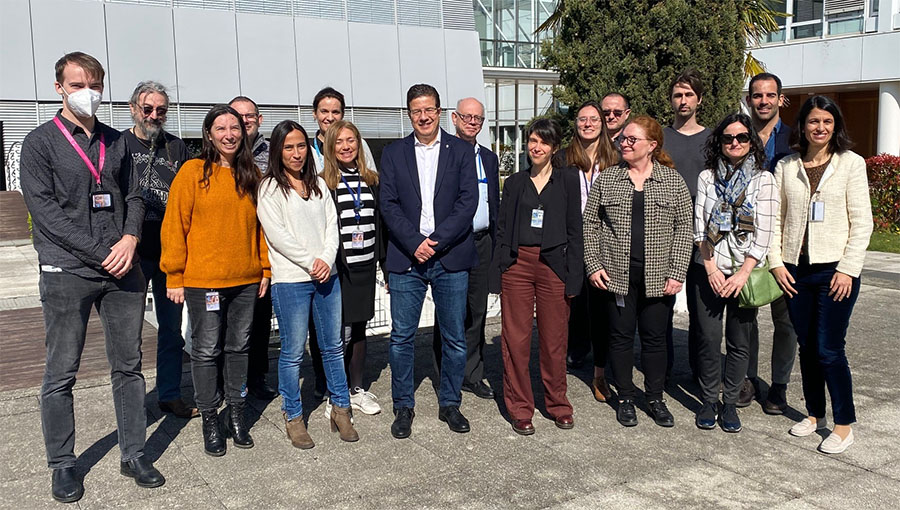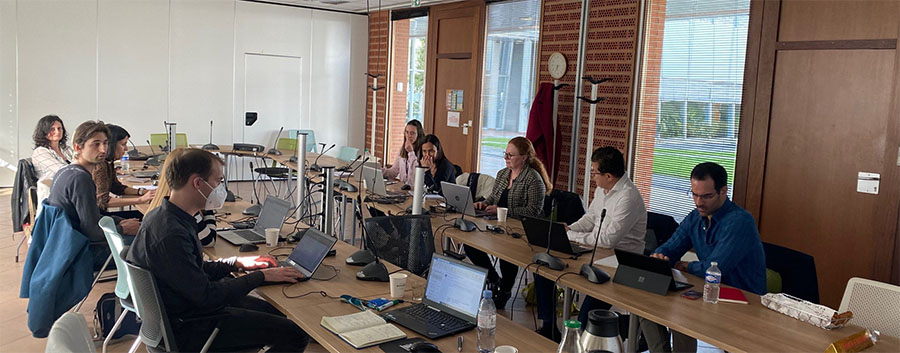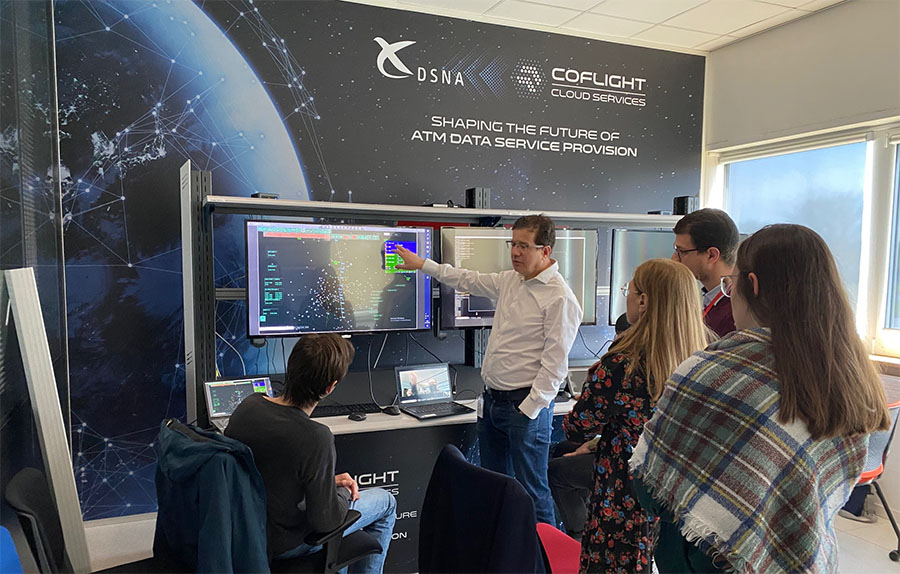How will virtual centres help to increase the resilience of air traffic control? What impact will they have controllers’ daily work? These are just some of the questions that air traffic management (ATM) experts explored during a recent workshop organised within the framework of the SESAR 2020 PROSA project (PJ.10-W2). The workshop comes ahead of further testing of the delegation of ATM services within a virtual centre environment.

Virtual centres sees the unbundling of the services that make up air traffic control such as flight data, radar and weather information and decoupling these services from the physical location of the control centre and the controller working position (CWP). In doing so, air navigation service providers can delegate services and resources to deal more flexibly with traffic fluctuations, virtually allocating controllers and resources where and when needed, and scaling capacity up or down according to demand.
The workshop took place on 24 and 25 March at the Toulouse premises of the French air navigation service provider and SESAR 3 JU founding member, DSNA. Bringing together technical and operational teams from France, Switzerland, Germany, Austria and Spain, and the UK, the workshop was an opportunity to share expectations, objectives and constraints about the solution (PJ.10-W2-Solution 93 - Delegation of airspace between air traffic service unit - ATSUs - using the virtual centre concept), as well as to refine planning and coordinate actions, including controller training and the setup of the delegation process.
The workshop comes ahead of the next phase of testing by project partners (EXE#3), which will seek to validate the operational concepts for the delegation of ATM service provision among air traffic service units (ATSUs) in normal operations (e.g. night time) or in contingency situations (e.g. ATSU failure). Led by SESAR partner, Skyguide together with local technical provider SkySoft, the testing will be performed using different architectures and interoperable services. Specifically they will test:
-
three identified architectures for virtual centres (so-called “Y”, “D”, and “U” architectures), connecting several ATSUs to one or two ATM data service providers (ADSP);
-
various delegation use cases (i.e. fixed times, night time, contingency, cross-border environments);
-
the interoperability and maturity of systems and services by connecting the CWP from the PROSA project coordinator, German air navigation service provider and SESAR 3 JU founding member, DFS, with the ATM data service providers (ADSP) managed by Coflight Cloud Services (CCS) in France and Indra (SESAR 3 JU founding member) in Spain.
-
Skyguide is also playing a key role by providing a realtime simulator (RTS) and CWPs connected to CCS in France, same as for DFS CWPs.
-
Frequentis provides a central broker through which all the ATM and voice data are exchanged between all remote platforms, while it supports the project by one of its latest VCS centralized in Austria and with remote CWPS in Switzerland and Germany.
-
Finally, NATS is providing operational resources and plays the role of an alternative ATSU in case of contingency. They are using CWPS from Indra.
The validations, which are due to start in October, are expected to show how the solution can help optimise controller staffing and improve resilience in these specific conditions.


Led by DFS Deutsche Flugsicherung, the PJ.10-W2 PROSA project aims to advance automation technology solutions and procedures that will help controllers to handle the traffic in a smooth and efficient way. The project has received funding from the SESAR Joint Undertaking under the European Union’s Horizon 2020 research and innovation programme under grant agreement No 874464.
